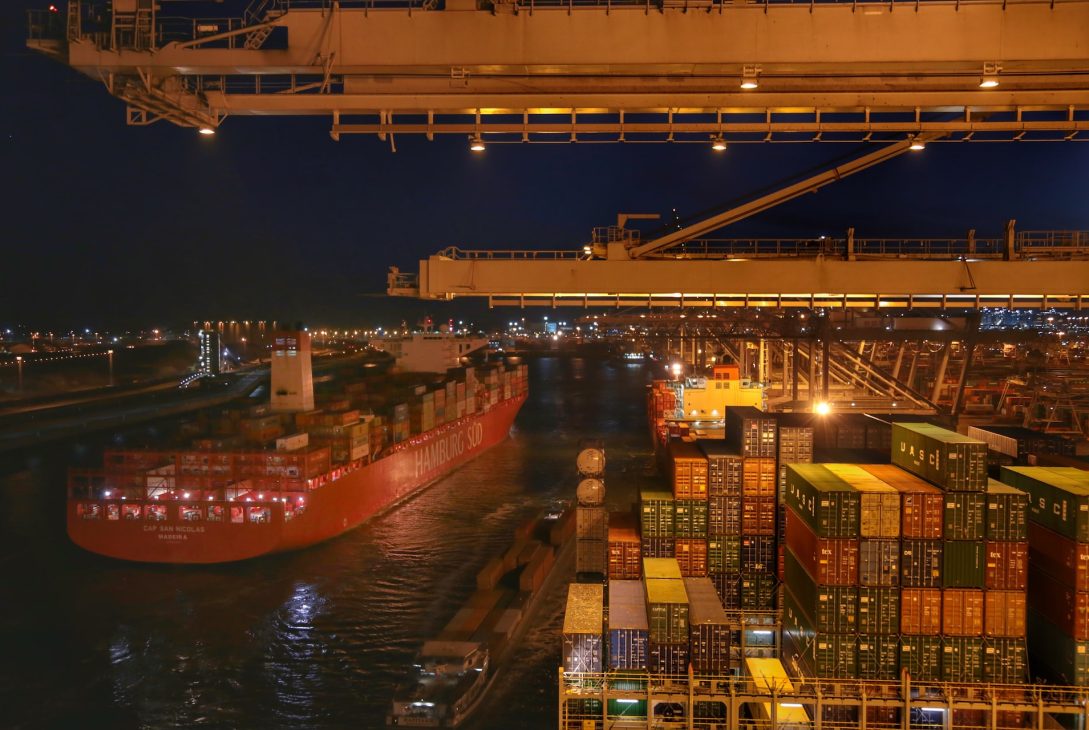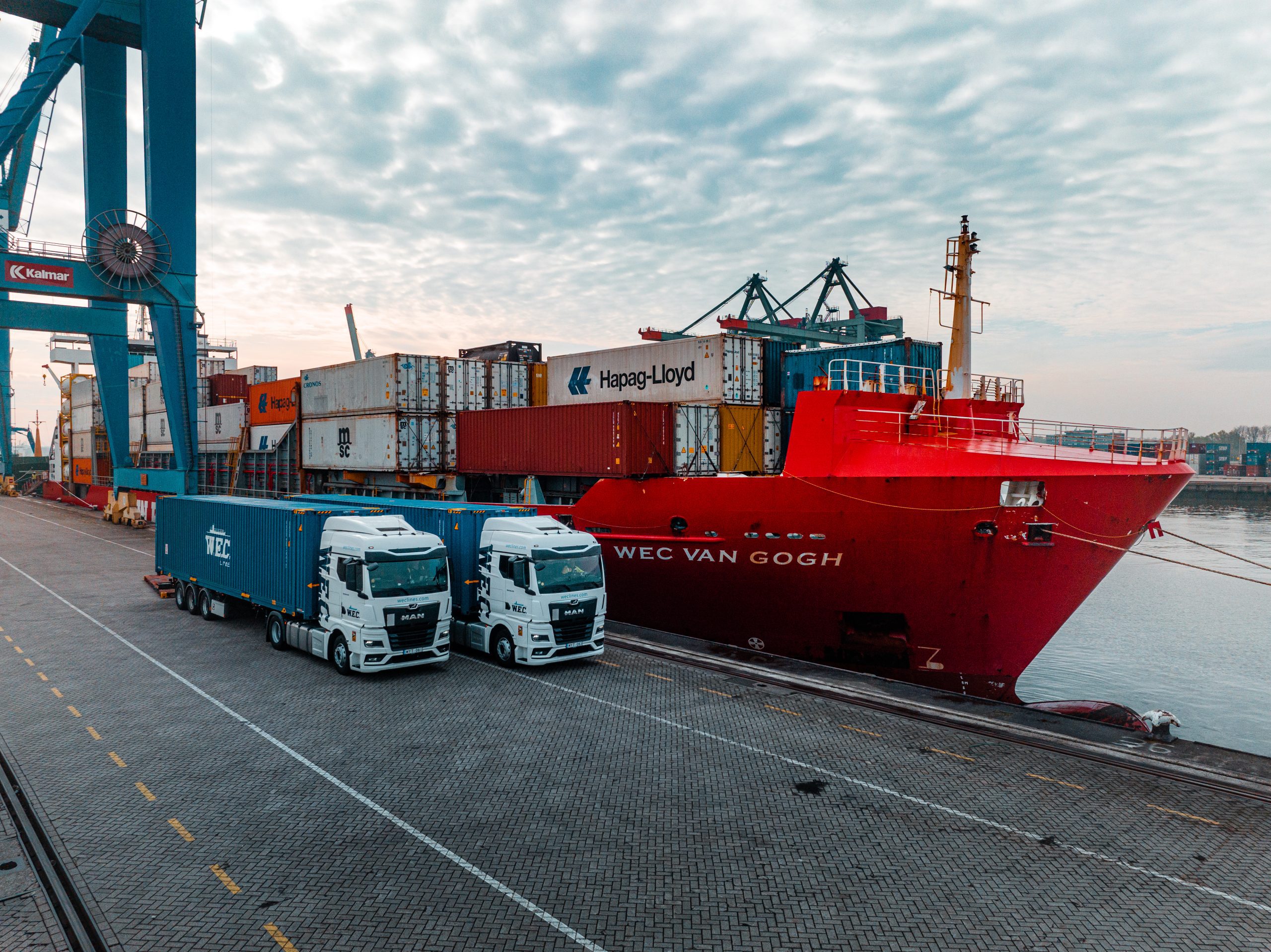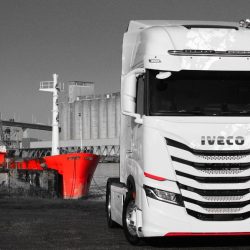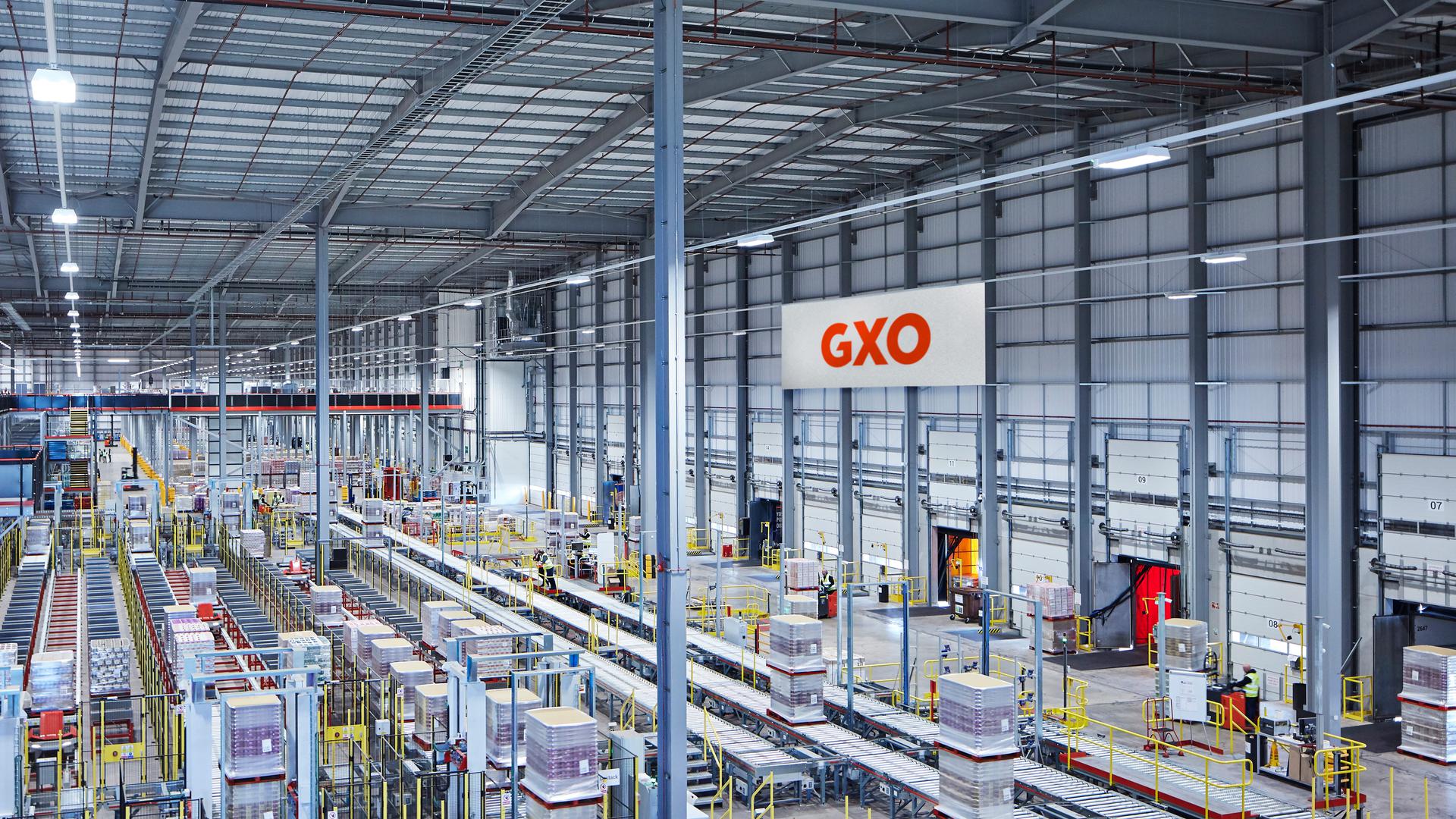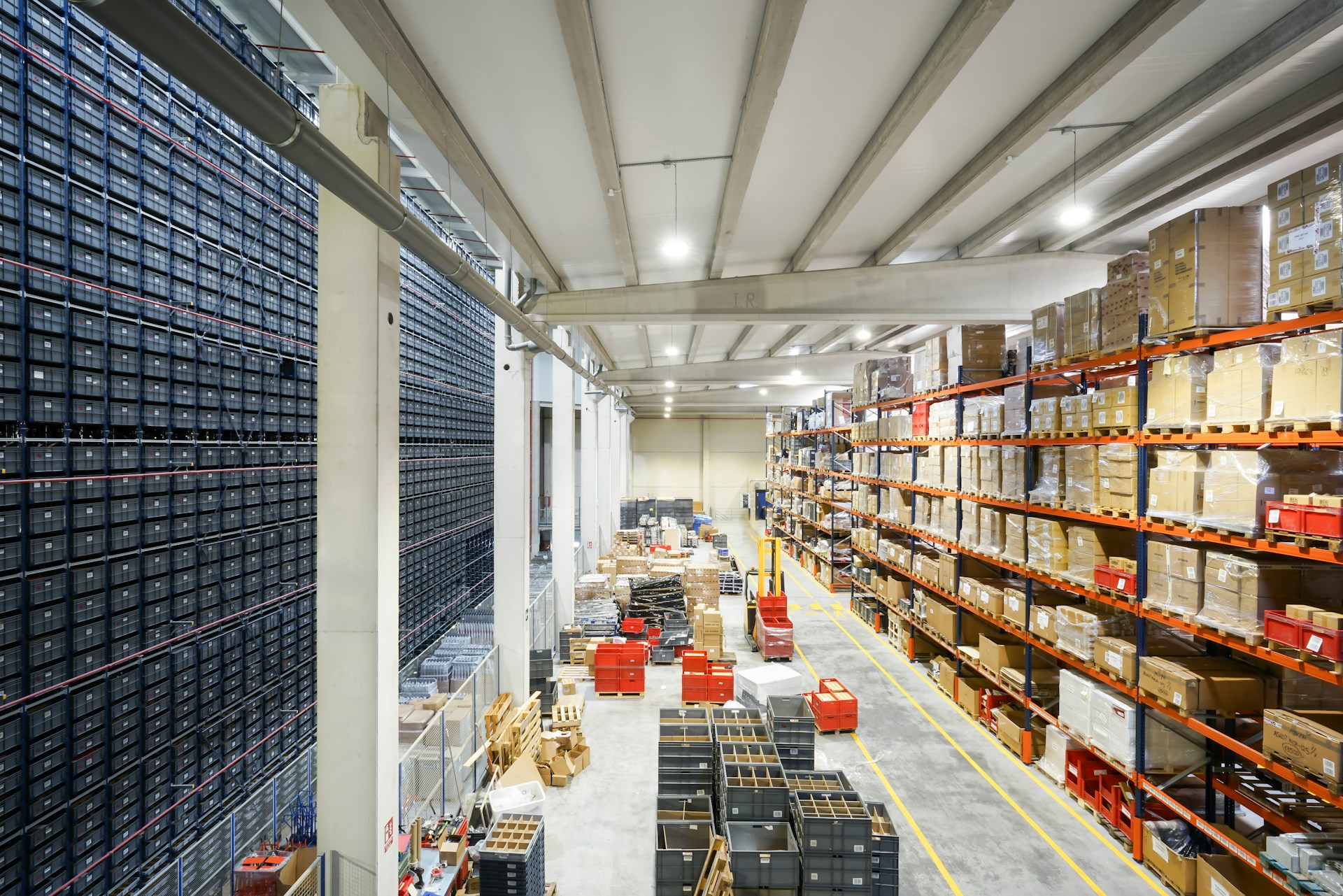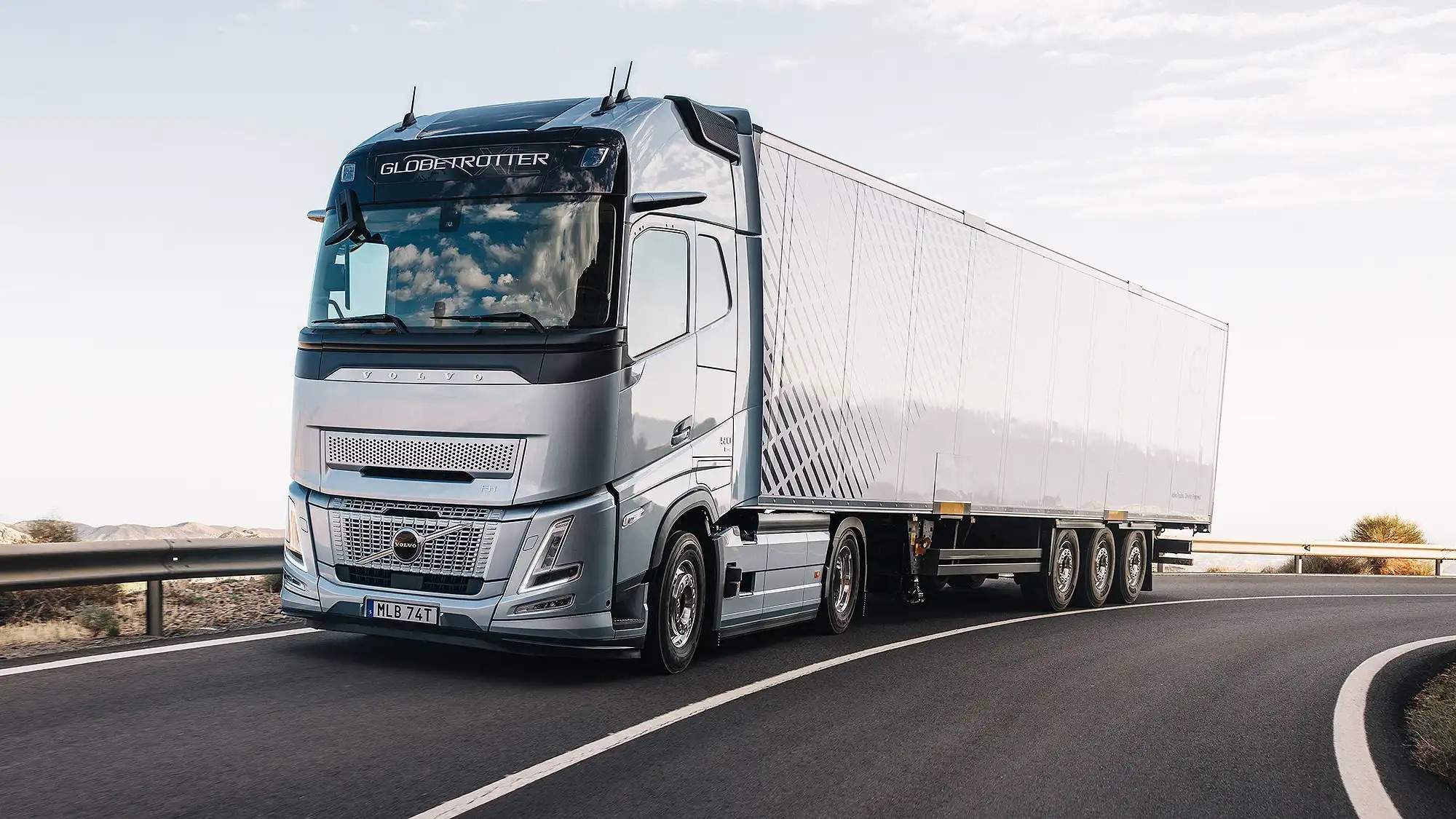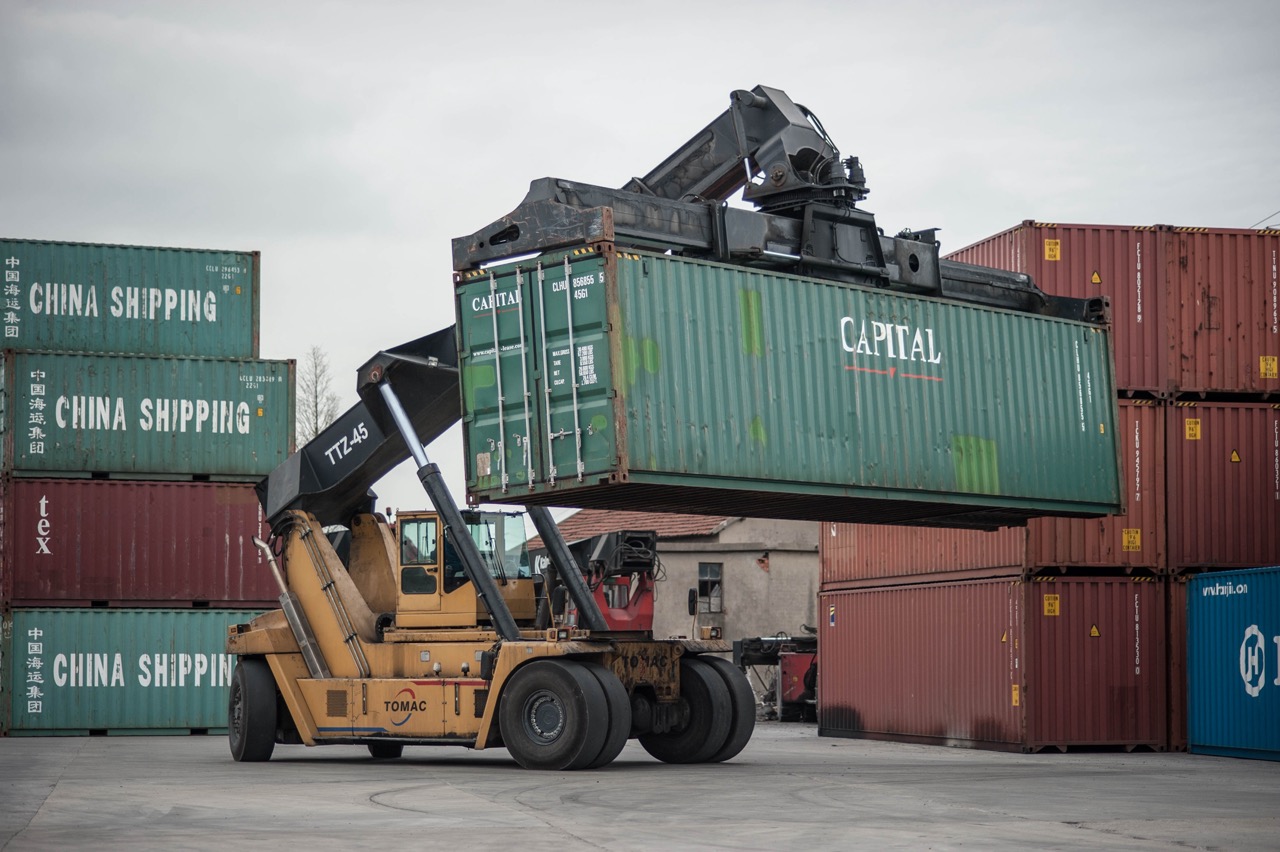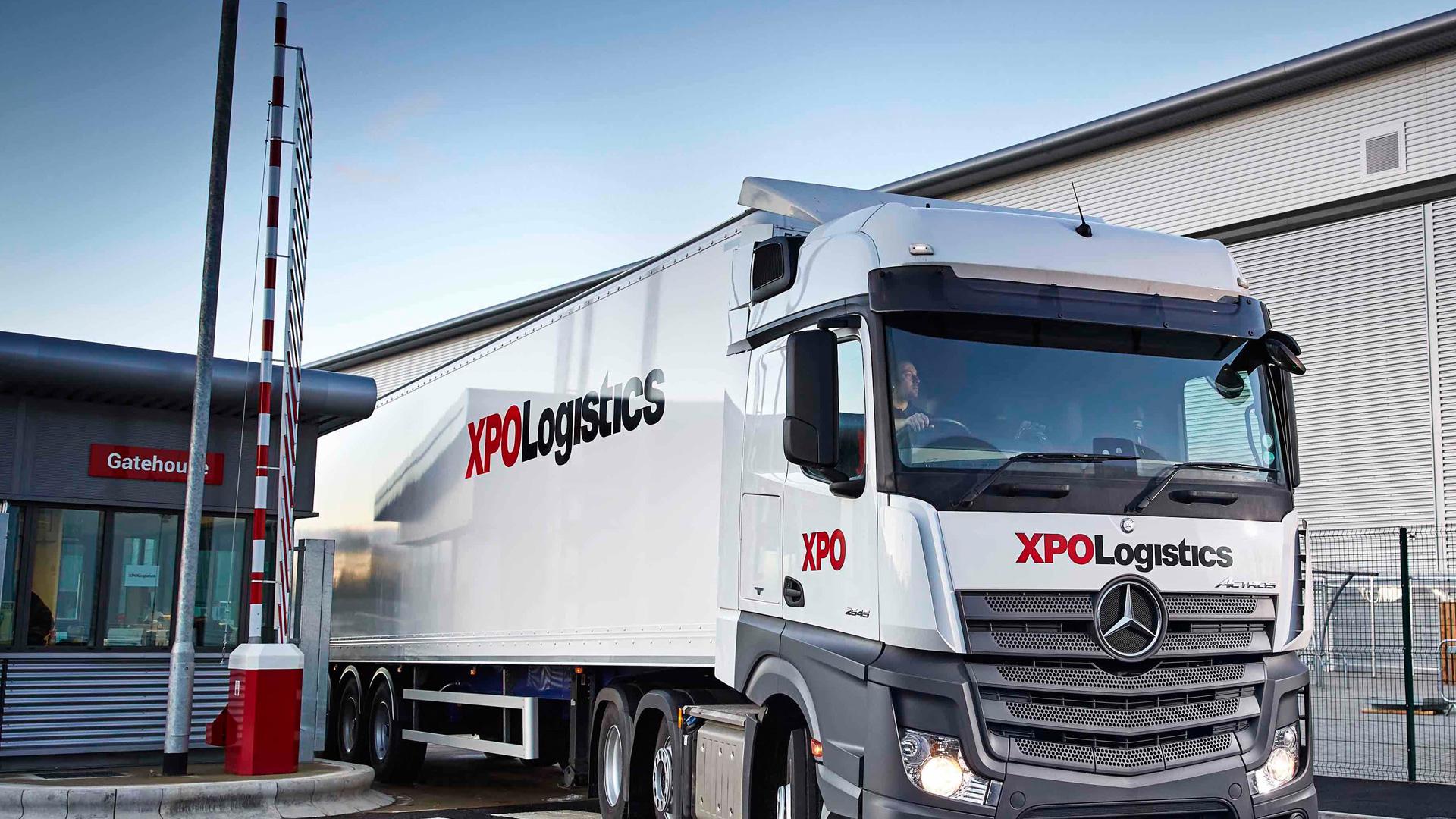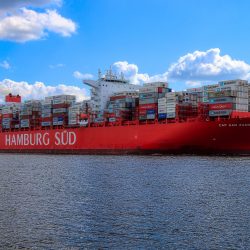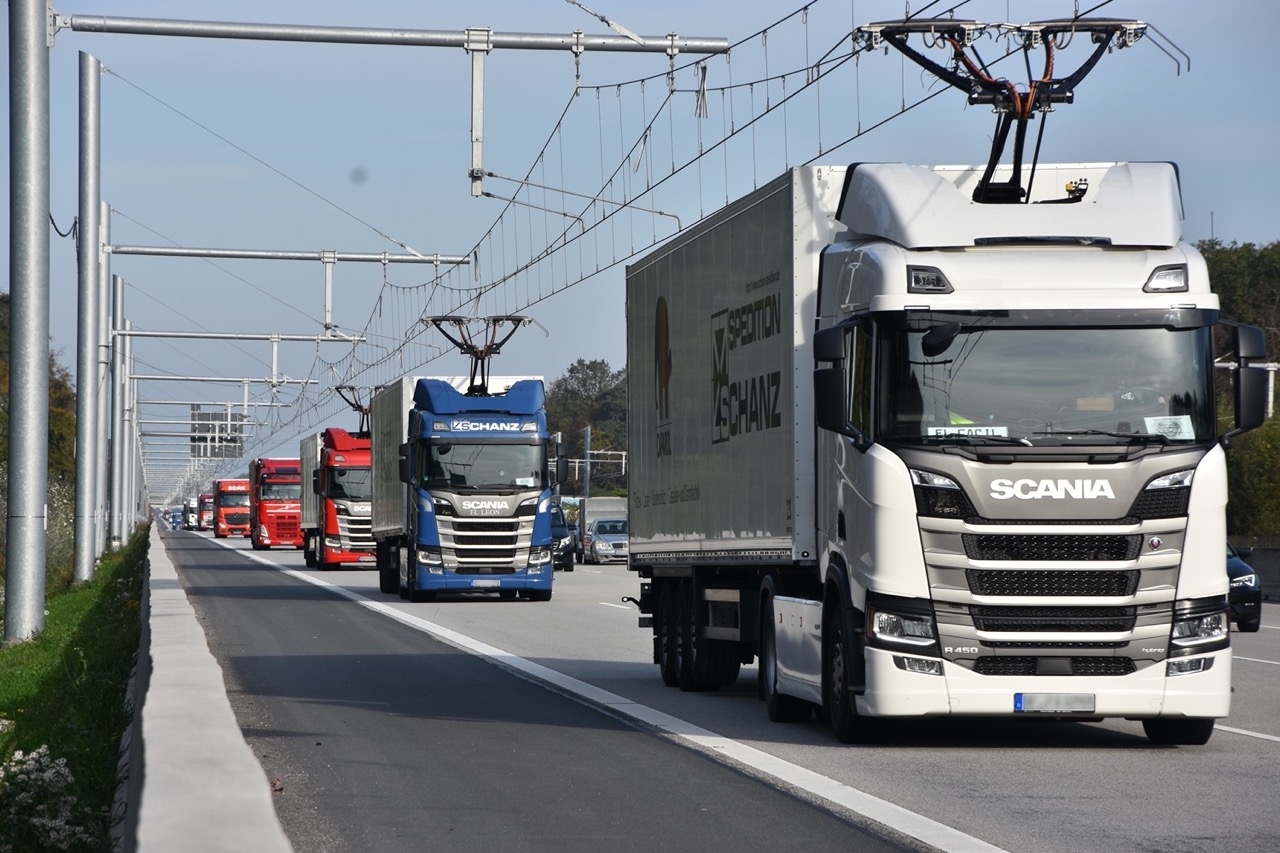Container turnover in the port of Rotterdam grows after a decrease in activity
The geopolitical conflict in Europe and sanctions on one of the largest exporters have affected almost all sectors of the global market. As for the logistics industry, carriers and terminal operators suffered here. In the first quarters of this year, many of them showed a decrease in turnover, but over time they managed to adapt to the new realities and begin to recover. Among them is the port of Rotterdam, where the container turnover began to grow in Q3 2022 after the decline in dynamics.
It should be noted that the port in the Netherlands is the largest container terminal in Europe. About 30% of all cargo, which go through the hubs of the northern part of Europe, is handled here. The turnover here was 3.7 million TEU in the Q4 2022, which is 2% higher than the previous 3 months. At the same time, transshipment volumes are still lagging behind the 2021 results, but while the Q3 results were 7% lower than the previous year, the fourth quarter managed to narrow the gap to 4.5%. In terms of weight, the port handled about 35.8 million tons, which is 8% less than was recorded for the same period in 2021.
The main factor of the decrease in container turnover is the imposition of record sanctions on one of the exporters, previously it accounted for about 8% of all port transshipment. However, there are positive changes as well. For example, in the Q4 2022, the congestion was reduced, and there is an improvement in global supply chains.
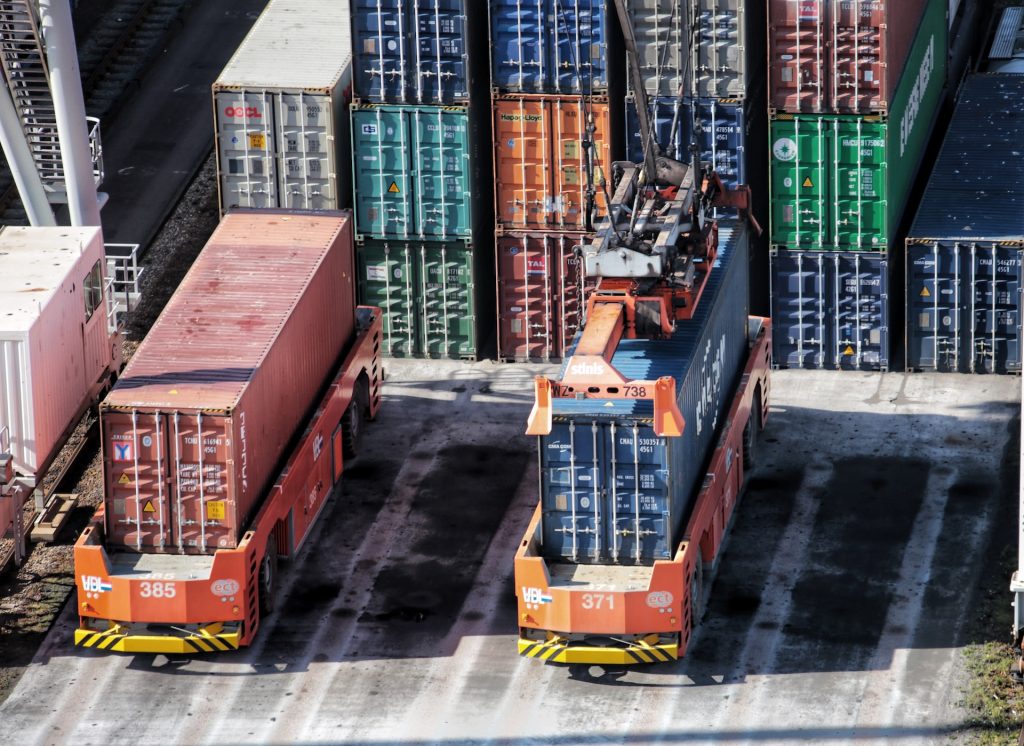
The port of Rotterdam handled a total of 351 million tons of cargo the previous year. In order for the terminals to be fully operational, the management had to completely revise the production processes. This was demanded not only by the imposition of sanctions but also by the crisis in the energy market. Higher prices for oil and gas, and sanctions on the raw materials supplier contributed to the increase in volumes of coal and liquefied gas transshipment, and new exporters appeared. Against the background of these factors, there was a drop in the turnover of agro-industrial cargo, oil products, and metallurgical products.
Previously, the main cargoes at the port were oil and its products, but now things have changed. Despite this, the enterprise remains unique in its kind and plays a huge role in the export-import processes in Europe. The port is located on a stretch of terrain with major rail and road routes, facilitating the transport of goods for further water transportation. It is located at the crossroads of the major rivers that enter the North Sea, which has always made it an intensive shipping industry.
From 1962 to 1986, the port of Rotterdam was considered the busiest in the world, but over time its intensity decreased as Shanghai and Singapore ports developed. Now the terminal in the Netherlands ranks 11th in terms of cargo handling.

